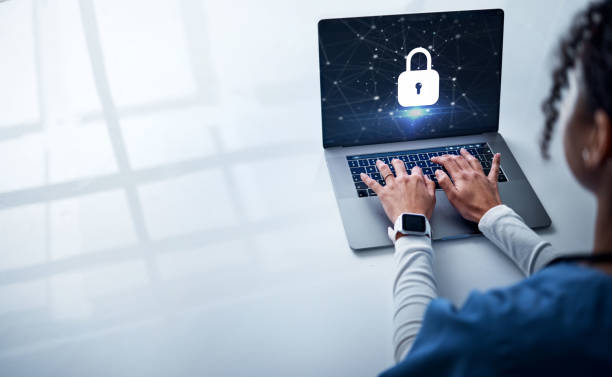Multi-Factor Authentication (MFA) is a security system that requires more than one method of authentication from independent categories of credentials to verify the user’s identity for a login or other transaction. It has emerged as an effective technique for protecting against cyber threats, adding an extra layer of defense by requiring multiple forms of identification before granting access.
The process involves the use of at least two separate forms of identification. These factors can be something you know like a password, something you have like a credit card or mobile phone, and something you are such as your fingerprint or facial recognition. This additional step in the verification process makes it significantly harder for attackers to gain access to personal data or sensitive information.
With cyber-attacks on the rise, MFA provides an essential level of protection. A report by Verizon’s 2020 Data Breach Investigations Report showed that over 80% percent of breaches within hacking involve brute force or the use of lost or stolen credentials. By implementing MFA, businesses can drastically reduce their vulnerability to these types of attacks.
Moreover, MFA is not only beneficial in preventing unauthorized access but also helps in mitigating damage if an attacker manages to bypass other defenses. Even discover further if a hacker obtains one form of authentication – say, a password – they would still need additional verification methods to gain full access.
While MFA does add another step for users during logins and transactions, this minor inconvenience is negligible compared with the potential devastation caused by data breaches and identity thefts. Indeed, many users appreciate having extra security measures in place as it gives them peace-of-mind knowing their information is better protected.
Furthermore, advancements in technology have made MFA more user-friendly than ever before. Biometric scanners on smartphones allow for seamless integration into our daily lives without causing significant disruption while providing robust security measures.
However, despite its effectiveness and ease-of-use, adoption rates remain low due largely to lack awareness about its importance and benefits. Therefore, businesses and individuals alike need to be educated about the value of MFA in protecting against cyber threats.
In conclusion, Multi-Factor Authentication is a powerful tool in the fight against cybercrime. It provides an additional layer of security that can significantly reduce the risk of unauthorized access to sensitive data. While it may add an extra step to the login process, the added protection it offers far outweighs any minor inconvenience this might cause. As technology continues to evolve and cyber threats become more sophisticated, adopting measures such as MFA will be crucial in safeguarding our digital lives.

